Your Practical Guide to Cold Showers: The No-BS Way to Boost Energy and Mental Grit
I’ve spent a long time working with everyone from top-tier athletes nursing injuries to regular folks just trying to build a bit more mental toughness. And you know what? One of the most powerful tools I’ve ever recommended doesn’t come in a bottle or from a fancy gym. It’s right there in your bathroom: the cold water tap.
In this article
Lately, cold water immersion is everywhere. You see people on social media hopping into icy tubs, with a long list of promised miracles. My goal here is to cut through that noise. I want to give you a straight, practical look at how this works, what it can actually do for you, and—most importantly—how to do it without hurting yourself. This isn’t a magic pill. It’s a practice. And when you respect the ‘why’ and the ‘how,’ it can become an incredible part of your routine.
What’s Actually Happening to Your Body? (The Good Kind of Shock)
Before you even think about cranking that handle to blue, it’s super helpful to know what’s going on inside. That first blast of cold water triggers what’s known as the cold shock response. It’s a primal survival instinct, and understanding it is the key to making this work for you. Your body doesn’t know you’re in a safe shower stall; for all it knows, you just fell through a frozen lake.

The first thing you’ll notice is an uncontrollable gasp for air. That’s totally normal. Your heart rate and blood pressure jump up as your ‘fight-or-flight’ system goes on high alert. At the same time, the blood vessels in your arms and legs clamp down tight—a process called vasoconstriction. Your body is cleverly pulling blood away from the surface to protect your vital organs and keep your core warm. It’s a pretty profound physiological event, not just a feeling.
This shock also unleashes a wave of hormones, with norepinephrine being the star player. It’s a hormone and a neurotransmitter that’s responsible for that sharp, clean focus you feel afterward. Honestly, it blows a caffeine buzz out of the water. You also get a dose of endorphins, the body’s natural feel-good chemicals. This whole process is a perfect example of hormesis: the idea that a small, controlled dose of a stressor makes the body stronger and more resilient over time. You’re literally training your nervous system to handle stress better.
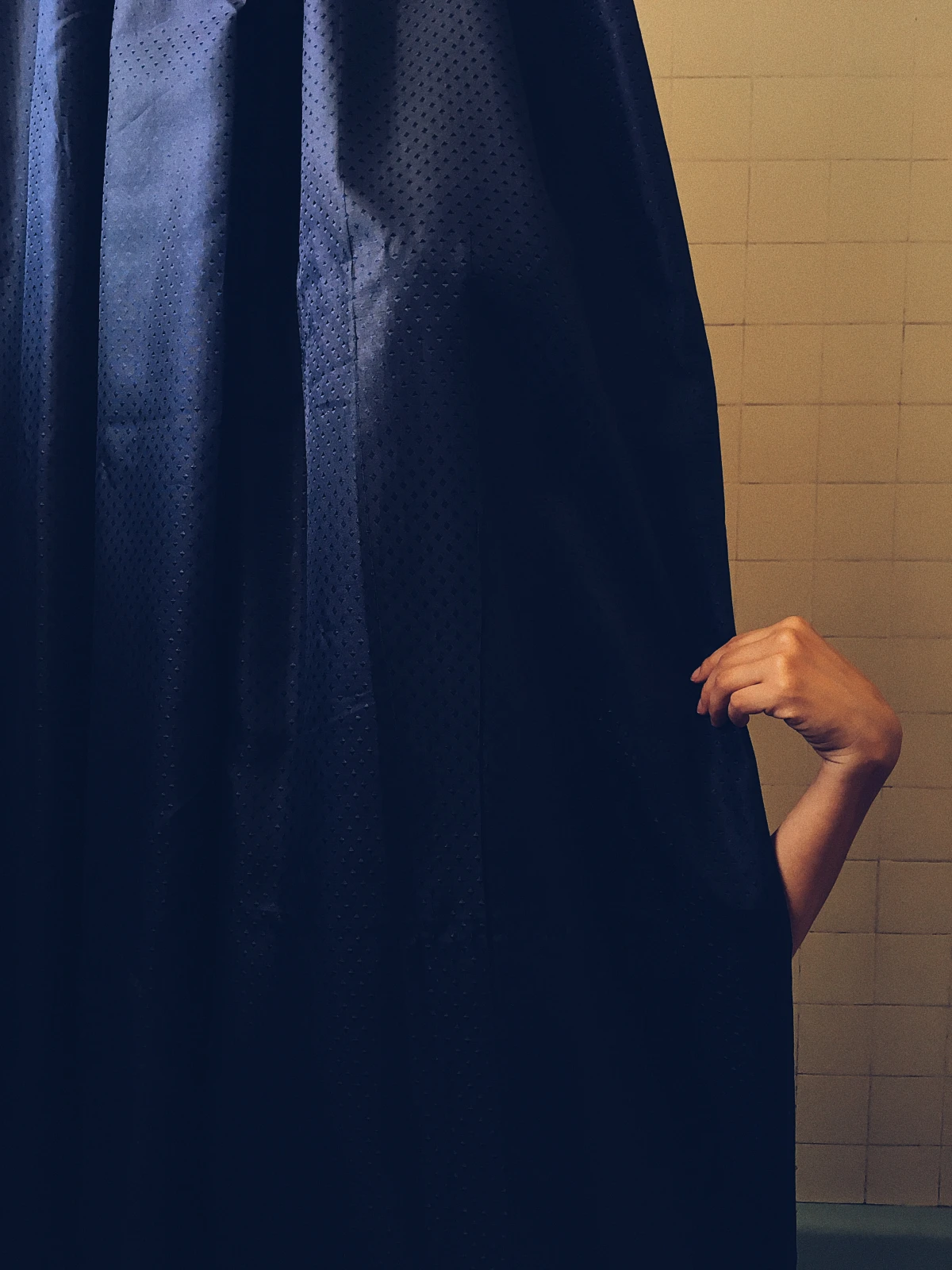
The Real-Deal Benefits (and the Overhyped Ones)
The internet makes some wild claims. Let’s walk through the most common ones with an honest eye so you know what to expect.
Enhanced Alertness and Mental Clarity
This is the most immediate and undeniable perk. That norepinephrine surge is no joke. If you’re a zombie in the morning, a 60-second cold blast can wake you up faster and more effectively than your first cup of coffee. The focus just feels different—it’s calm and stable, not jittery. It’s a fantastic way to kick off a day when you need to be sharp.
Reduced Muscle Soreness and Inflammation
There’s a reason athletes have been using ice baths for decades. After a tough workout, your muscles are full of tiny tears and inflammation, which leads to that next-day soreness. Cold water helps flush out metabolic junk like lactic acid from the muscles. It also reduces swelling and numbs nerve endings, giving you some immediate relief.
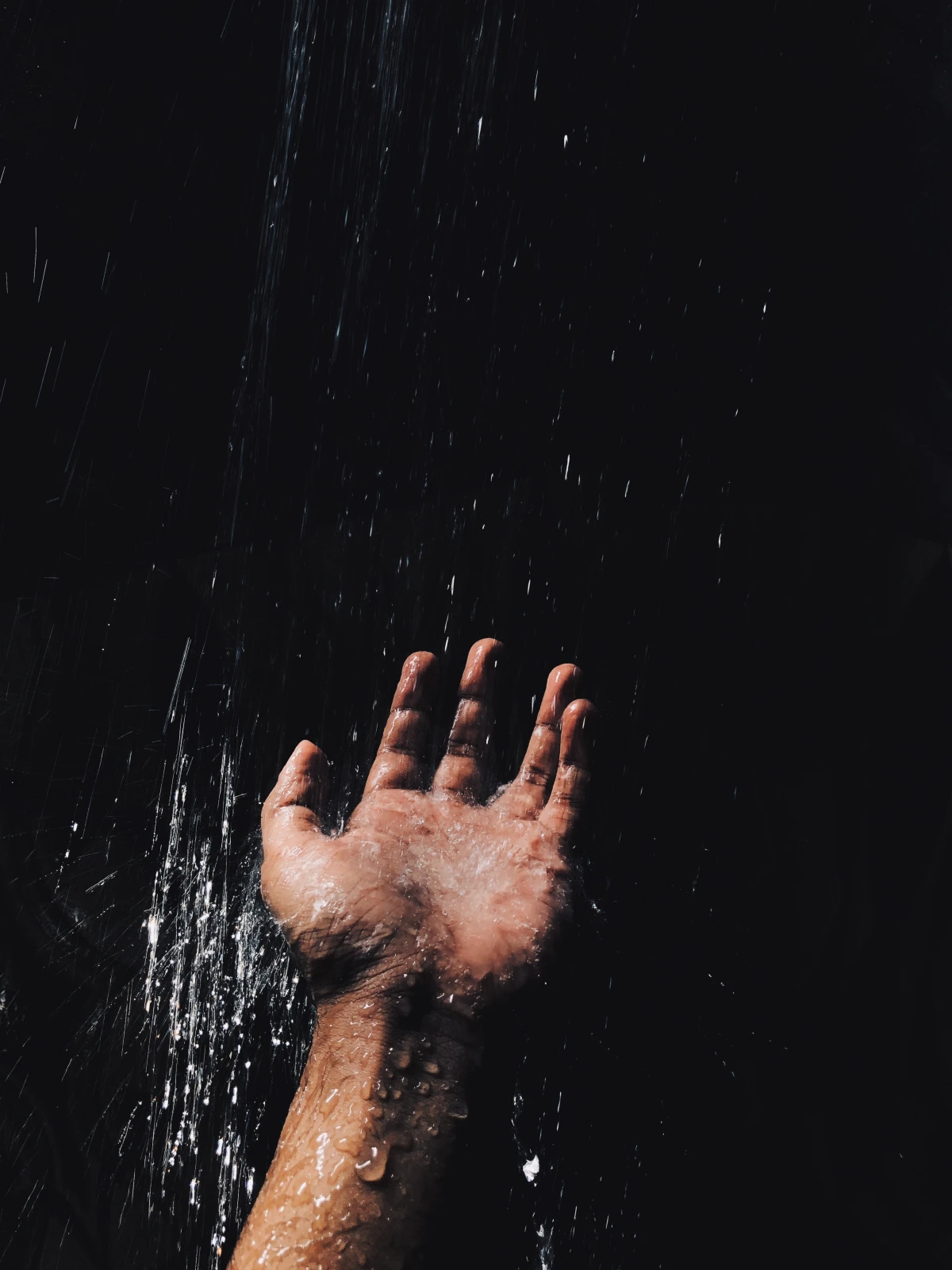
Quick tip: For this to work best, try to get your cold shower in within a couple of hours of your workout. But, and this is an important but, if your main goal is building maximum muscle size, you might want to be strategic. Some research suggests that icing your muscles right after a lift can slightly blunt the inflammatory response needed for growth. My rule of thumb for athletes focused on size? If you lift in the morning, wait until the evening for your cold shower, giving your body a solid 4-6 hour window for that initial growth signal.
Building Mental Resilience (aka Guts)
This, for me, is where the real magic happens long-term. Standing in uncomfortable cold water is a pure act of will. You are consciously telling your primal brain to calm down. Doing that day after day builds serious mental fortitude that spills over into the rest of your life. You learn to stay calm when dealing with a tough deadline or a personal challenge.
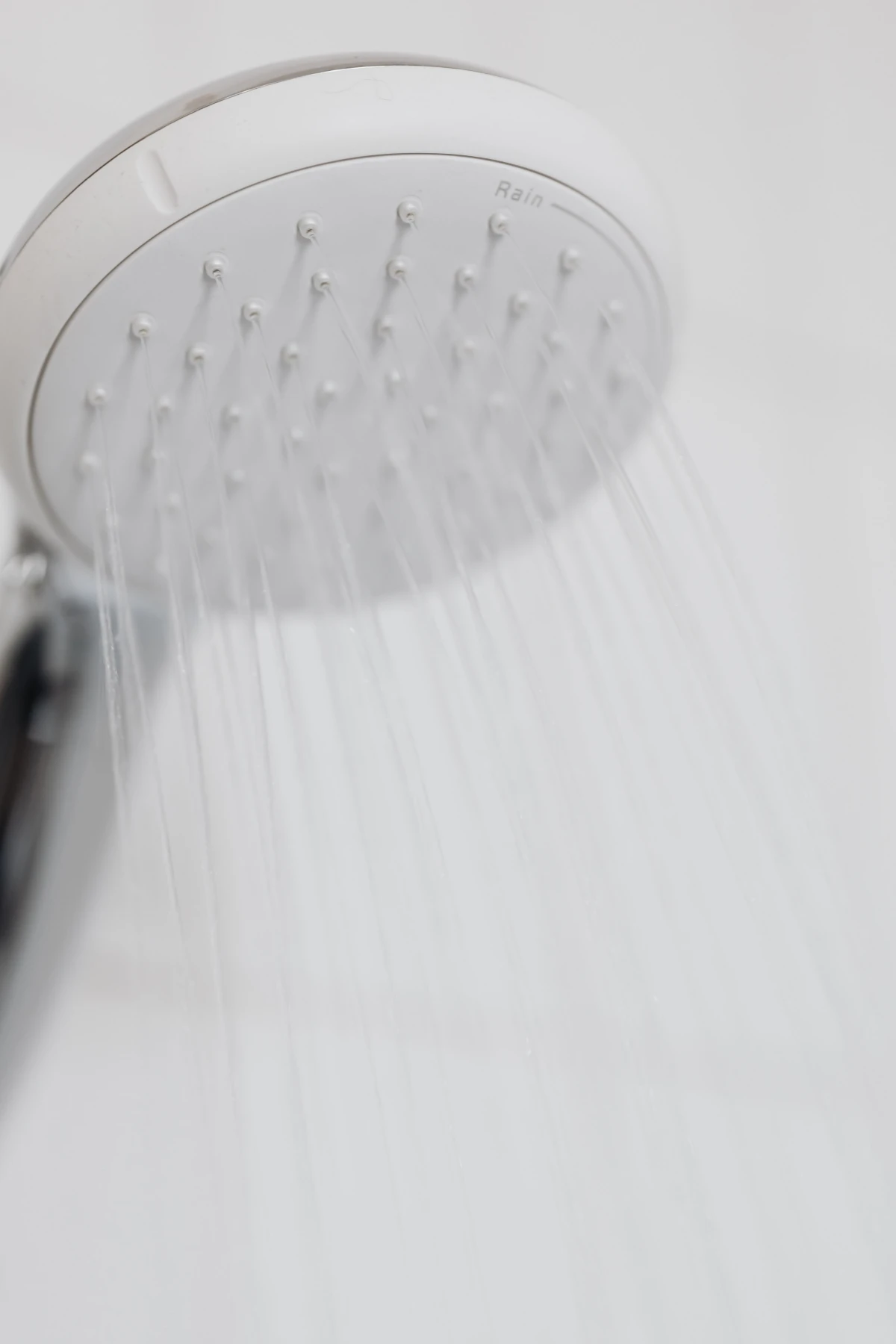
I have to be crystal clear on this next point: while the endorphin release can support a better mood, cold showers are NOT a replacement for professional mental health care. Think of it as a powerful supportive tool, not a cure.
Immune System Support
You’ll hear people say cold showers boost your immune system. The science here is interesting but not a slam dunk. One large study found that people who took cold showers called in sick from work less often. Curiously, they still felt sick for the same number of days. The takeaway seems to be that the cold exposure might reduce the severity of symptoms or give you the energy to push through. So, don’t expect it to make you invincible, but it’s another piece of the healthy-living puzzle.
Better Skin and Hair
This one is simple and true. Hot water strips your skin and hair of their natural, protective oils. Cold water does the opposite. It helps tighten pores and seal your hair cuticles, which locks in moisture. The result? Shinier hair and skin that feels smooth and hydrated, not tight and itchy. If you have dry skin, this can be a game-changer.
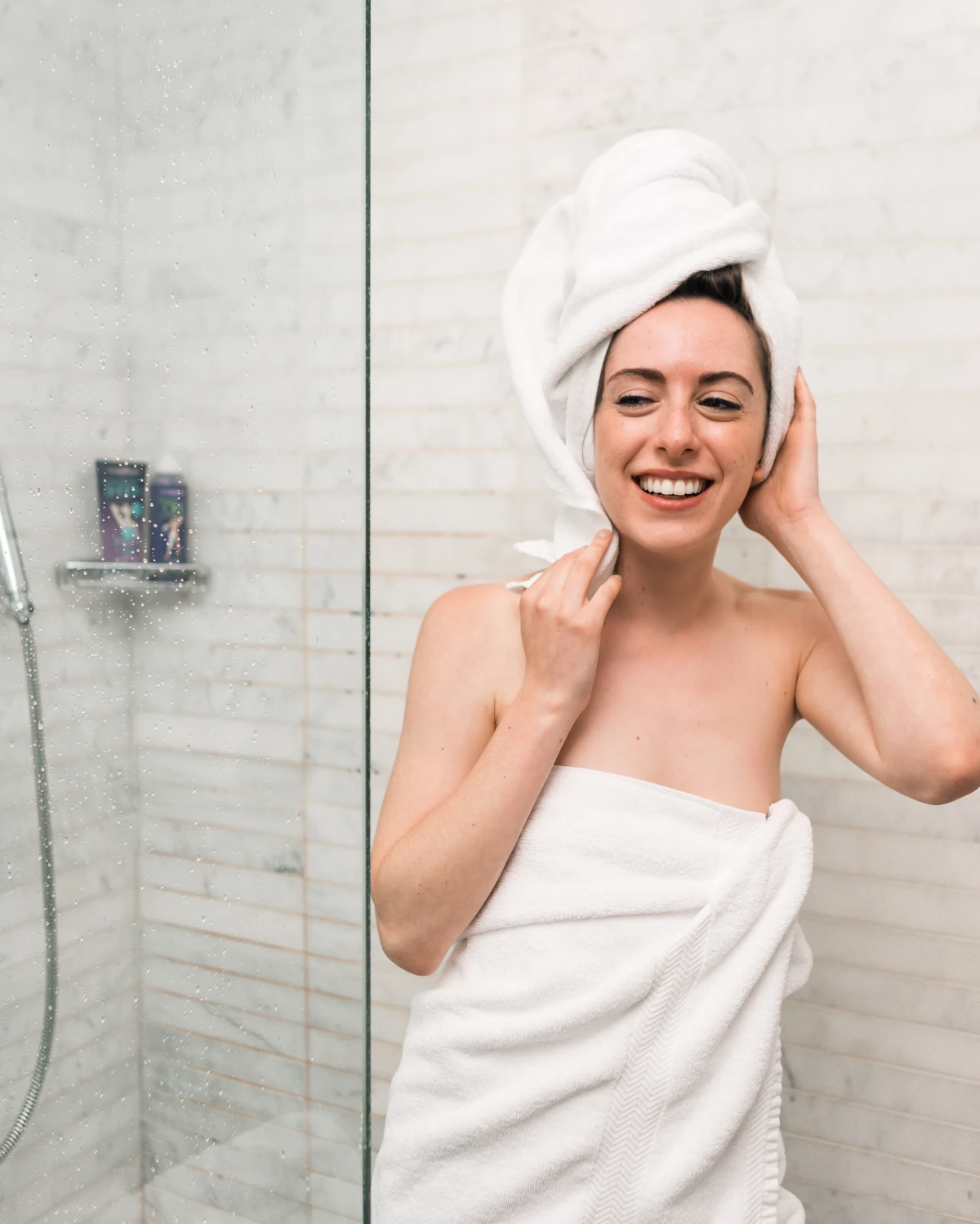
A Reality Check on Weight Loss
Let’s be direct: this is the most overhyped claim. The theory is that cold exposure activates brown fat, a special type of fat that burns calories to generate heat. While this is true, the amount of brown fat in most adults is pretty small, and the number of calories you’ll burn in a five-minute cold shower is minimal. It will not move the needle on weight loss compared to diet and exercise. Please don’t fall for that one.
How to Do It Right: A Step-by-Step Guide
Alright, let’s get practical. There’s a right way and a wrong way to approach this. The goal is controlled discomfort, not torture.
Your First 30 Seconds: What to REALLY Expect
Okay, deep breath. The moment that cold water hits, your skin will scream, you will gasp (that’s the reflex!), and your brain will offer a thousand reasons why this is a terrible idea. Your one and only job is to ignore that voice, exhale slowly, and count to 30. That’s it. When you turn the water off, you’ll feel this incredible tingling sensation and a weird sense of victory. That’s the good stuff.

The 4-Week Mental Fortitude Challenge
Don’t be a hero and jump into a five-minute ice shower on day one. Acclimate your body with this simple plan.
- Week 1: The Finisher. Take your normal warm shower. At the very end, turn the water to uncomfortably cool (not yet freezing) for 30 seconds. During this time, your only job is to stand and breathe. Don’t worry about washing—you already did that. Just focus on enduring and controlling your breath. Try a pattern like ‘Box Breathing’: inhale for 4 seconds, hold for 4, and exhale for 6. Having a rhythm is a game-changer.
- Weeks 2-3: Going Colder & Longer. Keep ending your shower with cold, but now aim for 60 seconds. You can also start nudging the temperature a little colder each day.
- Week 4 & Beyond: The Full Plunge. You’re ready. Try starting your shower with cold water from the get-go. Aim for 2 to 3 minutes. Honestly, most of the core benefits are achieved in that 2-5 minute window. Staying in longer doesn’t add much and just increases the risk.
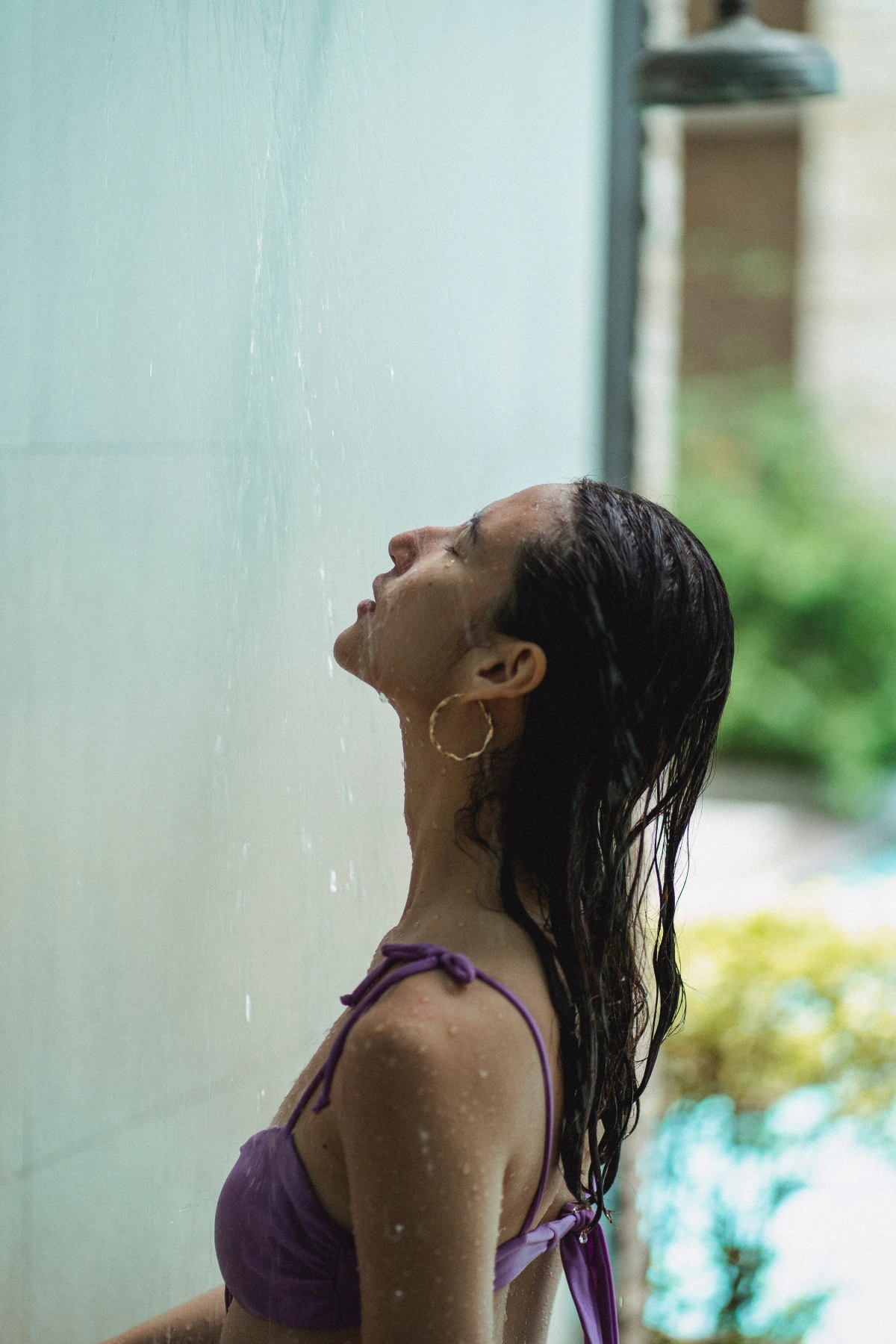
The All-Important Warm-Up (After the Cold)
What you do after the shower is just as important. The goal is to warm up naturally, not with more hot water.
- Towel Off Vigorously: As soon as you turn the water off, grab a dry towel and rub your skin briskly. This friction creates heat and stimulates blood flow.
- Get Dressed: Put on warm, dry clothes. A hoodie and some socks go a long way.
- Move Your Body: Don’t just stand there shivering. Do a few air squats, jumping jacks, or just walk around the house for a couple of minutes. This gets your internal furnace going.
- Have a Warm Drink: A cup of tea or warm water can help raise your core temperature from the inside out.
Ready to Level Up? The Budget Ice Bath
If you get hooked on the feeling, you might get curious about a full-body ice bath. You don’t need a fancy $5,000 tub. You can build a DIY setup for a fraction of that.
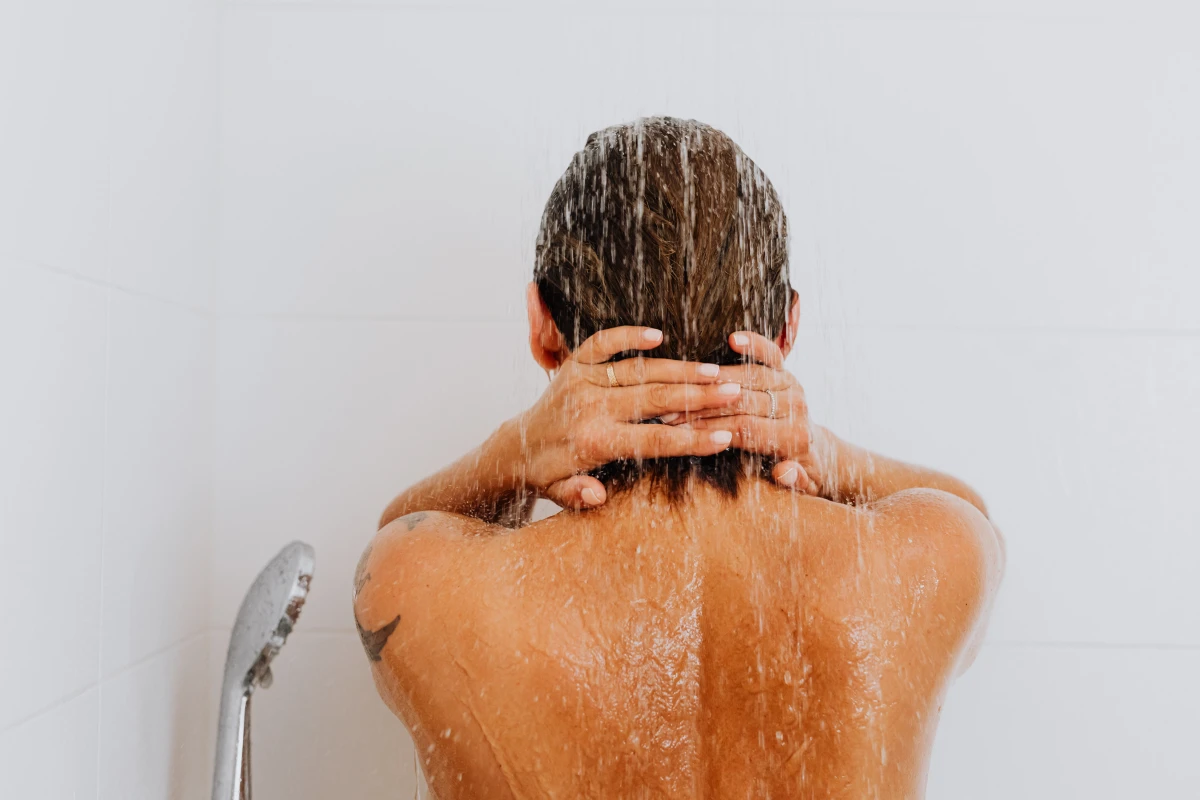
- The Stock Tank Method: This is the easiest entry point. Head to a farm supply store like Tractor Supply or a large hardware store. You can get a 100-gallon galvanized steel or plastic stock tank for about $120-$150. Fill it with a hose and add a few bags of ice from the grocery store. Simple and effective.
- The Chest Freezer Hack: For the more dedicated, converting a small chest freezer is the gold standard for home setups. You can find a 7-cubic-foot freezer for $300-$500. You’ll need to seal the seams with a marine-grade sealant and plug it into an external temperature controller to keep the water at the perfect temp (not frozen solid!). It’s a weekend project but gives you a permanent, on-demand ice bath.
So, what’s the difference between a shower and a bath? A cold shower is fantastic for daily consistency, alertness, and building the habit. An ice bath is a whole other level of intensity. It provides a much more powerful and systemic cold shock, making it superior for deep muscle recovery and a massive anti-inflammatory effect. Showers are for daily training; baths are for targeted, heavy-duty recovery sessions.
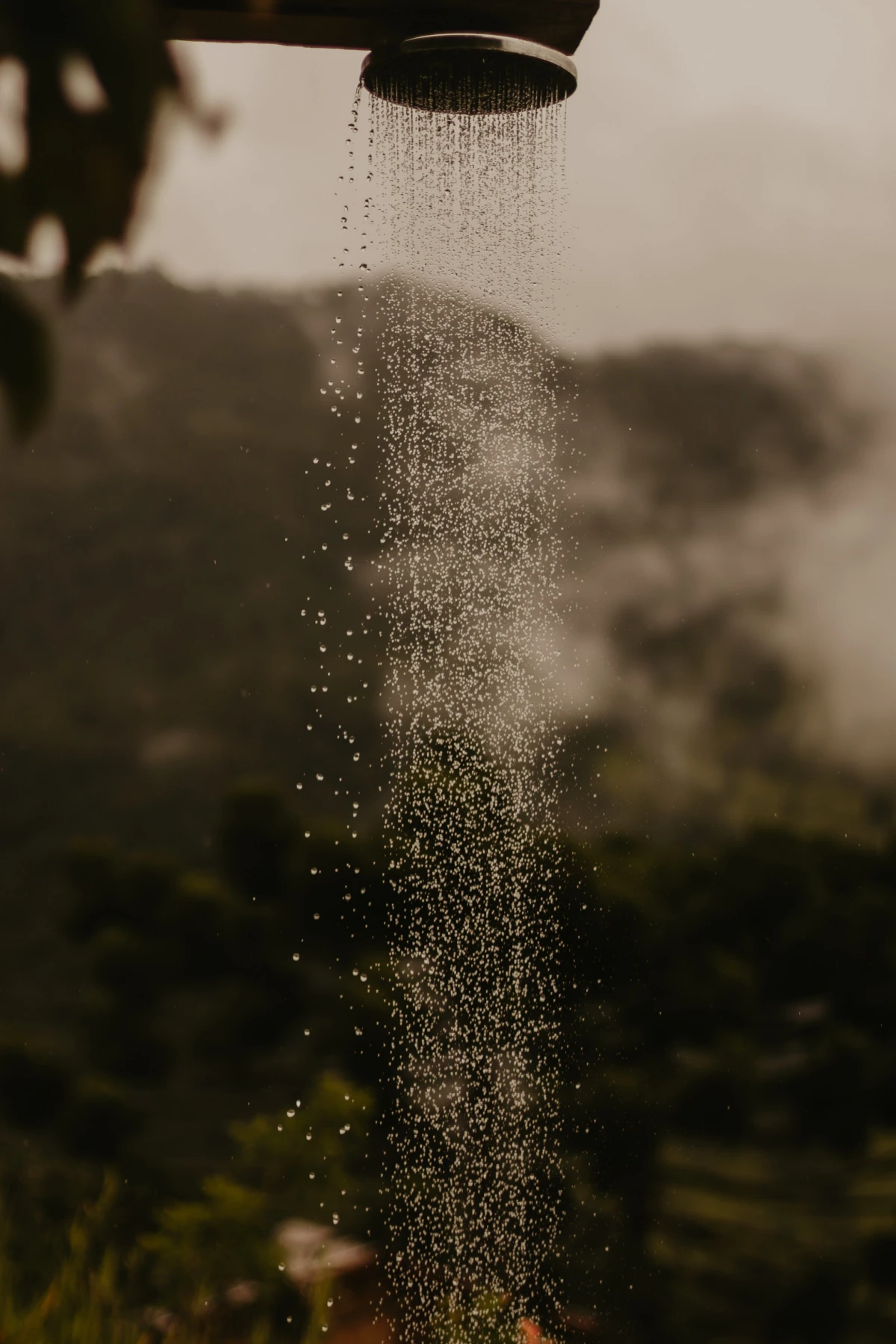
Safety First: When to Hit Pause on the Cold
This is the most important part of the guide. Cold exposure is a significant stressor. It is NOT for everyone, and you should always talk to your doctor before starting, especially if you have a pre-existing condition.
Heads up! You should absolutely avoid cold showers if you have:
- Any Heart Condition: If you have high blood pressure, cardiovascular disease, or a history of stroke, the sudden spike in heart rate could be dangerous. Don’t even think about it without a cardiologist’s explicit okay.
- Raynaud’s Syndrome: A condition where your fingers and toes overreact to cold. This will trigger a painful episode.
- Cold Urticaria: A rare allergy to cold that causes hives and can be serious.
- Pregnancy: The effects aren’t well-studied, so it’s best to play it safe and avoid it.
And finally, listen to your body. There’s a big difference between healthy discomfort and a danger signal. If you start shivering uncontrollably, feel dizzy or lightheaded, or your skin stays numb, get out immediately. That’s your body saying you’ve pushed too far.
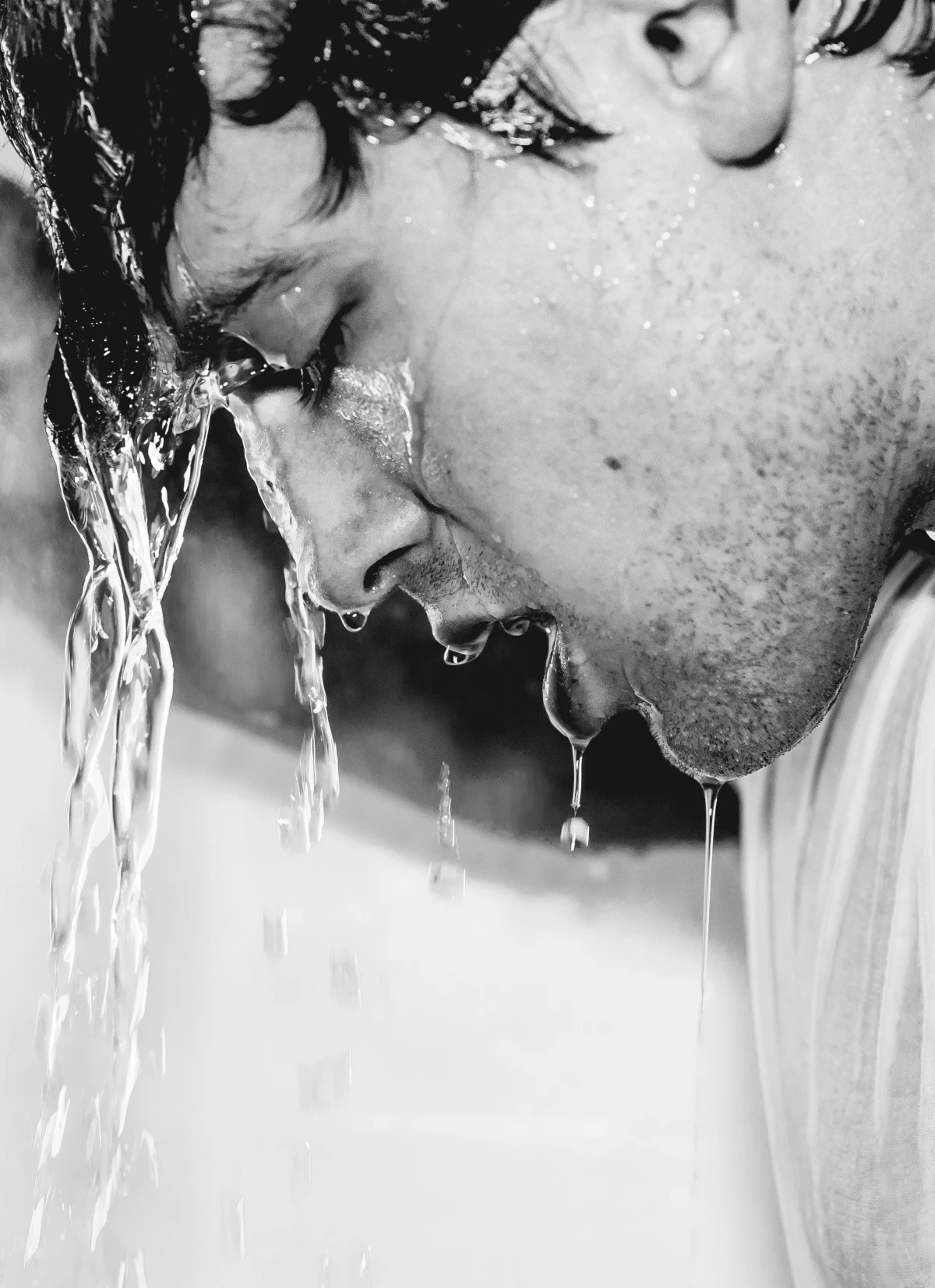
Oh, and one last thing: if you live in a place with freezing winters, your tap water can get dangerously cold. Don’t be a hero. Mix in just enough hot water to bring the temperature up to that ‘uncomfortable but not painful’ sweet spot.
Galerie d’inspiration
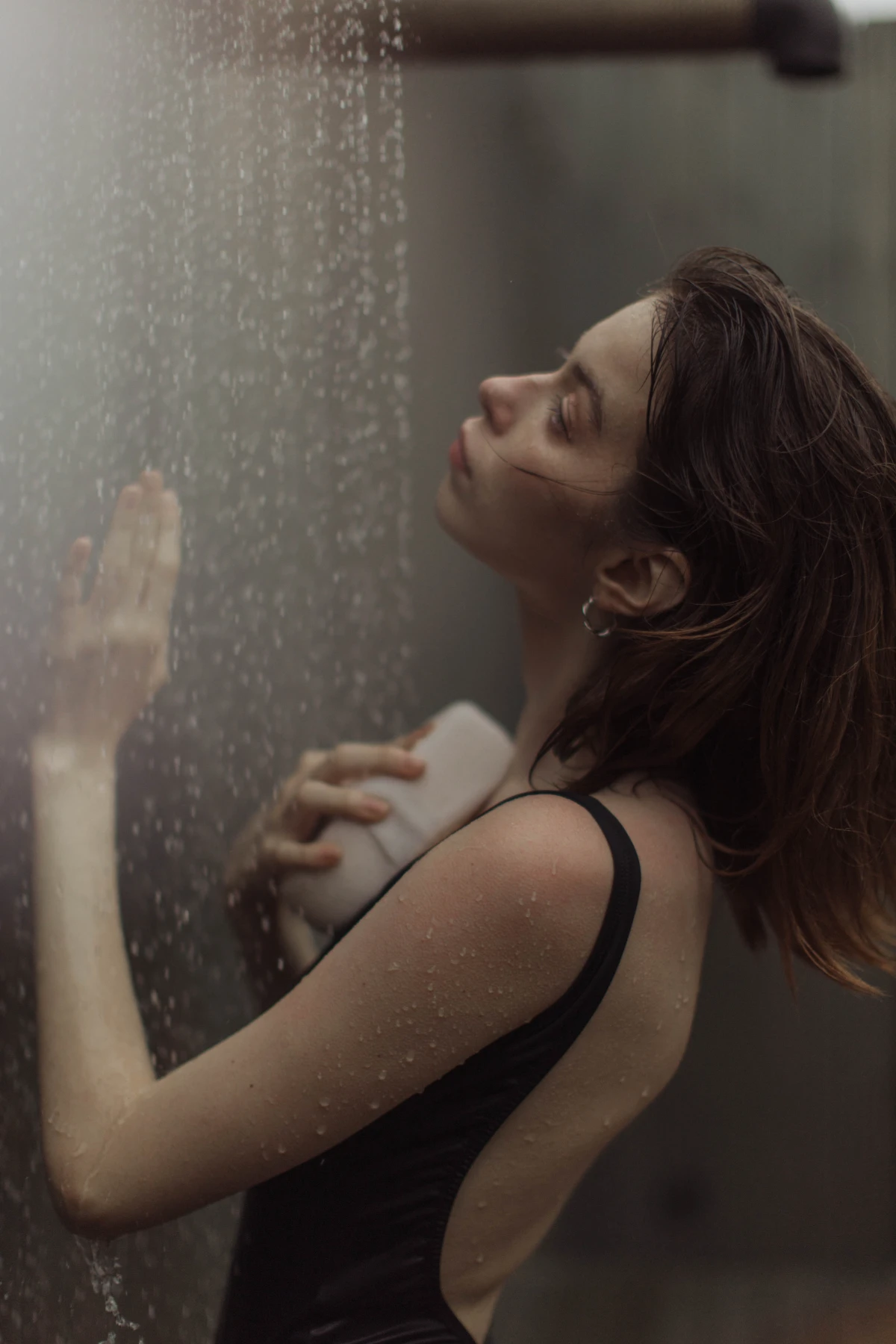
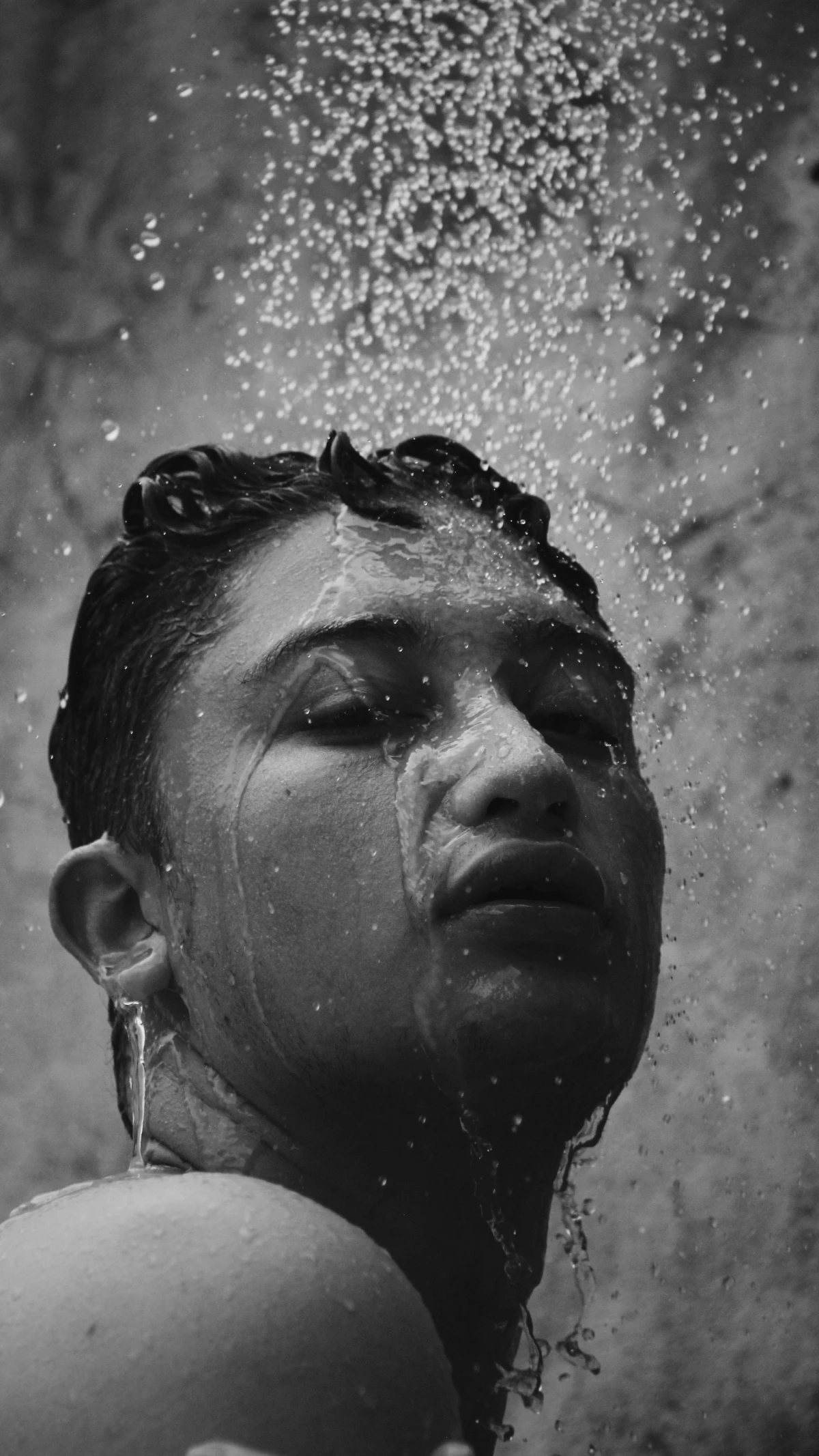
Ready to level up, but not for a 100% cold plunge yet?
Try the “James Bond Shower,” also known as a contrast shower. Start with your usual warm shower, then, for the last 2-3 minutes, follow this pattern: switch to fully cold water for 30 seconds, then back to hot for 60 seconds. Repeat this cycle three times, always finishing on cold. It provides a significant circulatory boost and helps build mental tolerance for the cold without the full-on initial shock of a pure cold shower.
Over 90% of the participants in a large Dutch study who incorporated a daily cold shower into their routine continued the practice even after the study concluded.
What keeps them coming back? It’s not just the physical jolt; it’s the profound sense of accomplishment. The simple act of doing something difficult first thing in the morning sets a powerful, resilient tone for the entire day. It’s a guaranteed daily “win” that costs nothing and takes less than five minutes.










